输液套管针的危害
2024-04-25 14:02:03
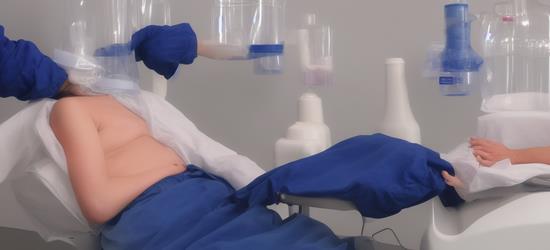
The use of intravenous catheters, also known as IV cannulas or infusion sets, carries certain risks and potential hazards. These risks can be associated with the insertion, maintenance, and removal of the catheter. Here are some of the potential dangers of using IV catheters:
1. Infection: One of the most common risks associated with IV catheters is the potential for infection. Improper insertion, poor hygiene practices, or prolonged use of the catheter can increase the risk of bacterial contamination and subsequent infection.
2. Phlebitis: Phlebitis is the inflammation of the vein where the catheter is inserted. This can cause pain, redness, and swelling at the site of insertion. Phlebitis can occur due to mechanical irritation from the catheter, chemical irritation from the fluids being infused, or bacterial contamination.
3. Thrombosis: IV catheters can sometimes cause blood clots to form in the vein, leading to thrombosis. This can obstruct blood flow in the vein and potentially lead to serious complications such as pulmonary embolism if the clot dislodges and travels to the lungs.
4. Air embolism: If air enters the bloodstream through the IV catheter, it can travel to the heart and lungs, causing an air embolism. This can be a life-threatening condition that requires immediate medical intervention.
5. Nerve damage: Improper insertion or placement of the IV catheter can result in nerve damage, leading to pain, numbness, or weakness in the affected limb.
6. Infiltration: Infiltration occurs when the IV fluid leaks into the surrounding tissue instead of entering the vein. This can cause tissue damage, swelling, and discomfort at the infusion site.
7. Extravasation: Similar to infiltration, extravasation is the leakage of vesicant or irritant fluids into the surrounding tissue, causing tissue damage, necrosis, and potential long-term complications.
To minimize these risks, healthcare providers should follow proper insertion techniques, maintain strict aseptic practices, monitor the catheter site regularly, and promptly address any signs of complications. Patients should also be educated on the signs of infection or other complications and report them to their healthcare provider immediately.
声明:本文“输液套管针的危害”来自于网络,旨在传播知识,若有侵权等问题请与本网联系,将在第一时间删除处理。E-MAIL:。
- 上一篇:脾肿大的原因和危害
- 下一篇:向日葵什么时节最旺盛
最新发表
-
2024-05-04
-
2024-05-04
-
2024-05-04
-
2024-05-04
-
2024-05-04
-
2024-05-04
-
2024-05-04
-
2024-05-04
-
2024-05-04
-
2024-05-04
-
2024-05-04
-
2024-05-04
-
2024-05-04
-
2024-05-04
-
2024-05-04
-
2024-05-04
-
2024-05-04
-
2024-05-04
-
2024-05-04
-
2024-05-04
-
2022-08-04
-
2022-07-30
-
2022-08-04
-
2022-08-04
-
2022-08-04
-
2022-07-31
-
2022-07-14
-
2022-08-04
-
2022-07-26
-
2022-07-24
-
2022-07-23
-
2022-07-23
-
2022-08-04
-
2022-07-31
-
2022-07-30
-
2022-07-27
-
2022-07-26
-
2022-07-26
-
2022-07-26
-
2022-07-26
- 精选推荐
-
-
2022-09-03
-
2022-09-03
-
2022-09-02
-
2022-09-02
-
2022-09-02
-
2022-08-20
-
2022-08-10
-
2022-08-04
-
2022-08-04
-
2022-08-04
-





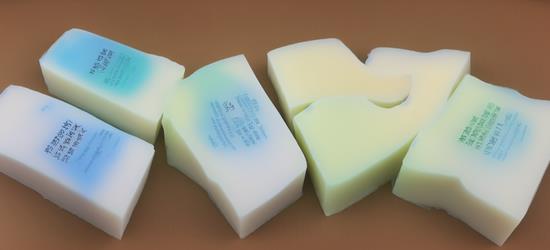











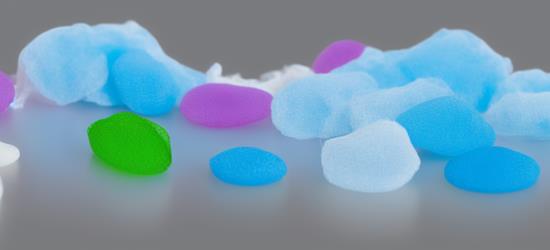












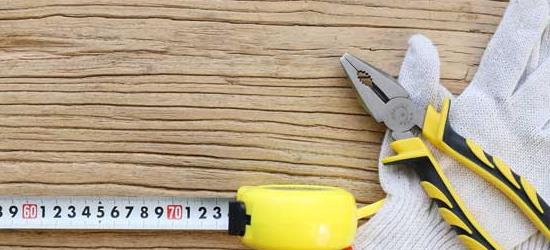













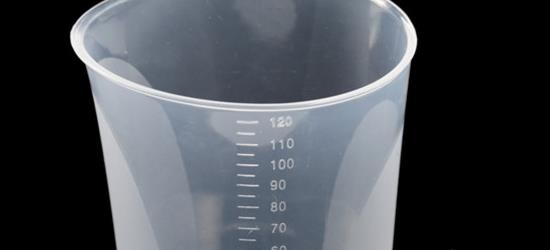



 粤公网安备 44098102441188号
粤公网安备 44098102441188号